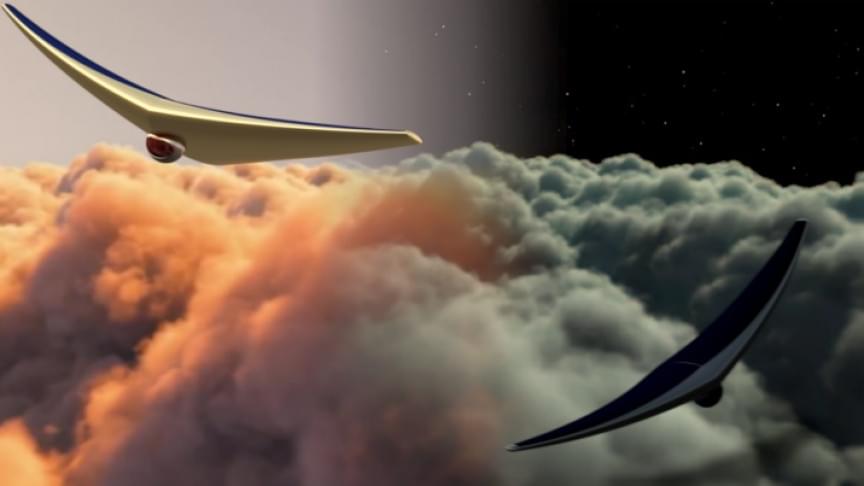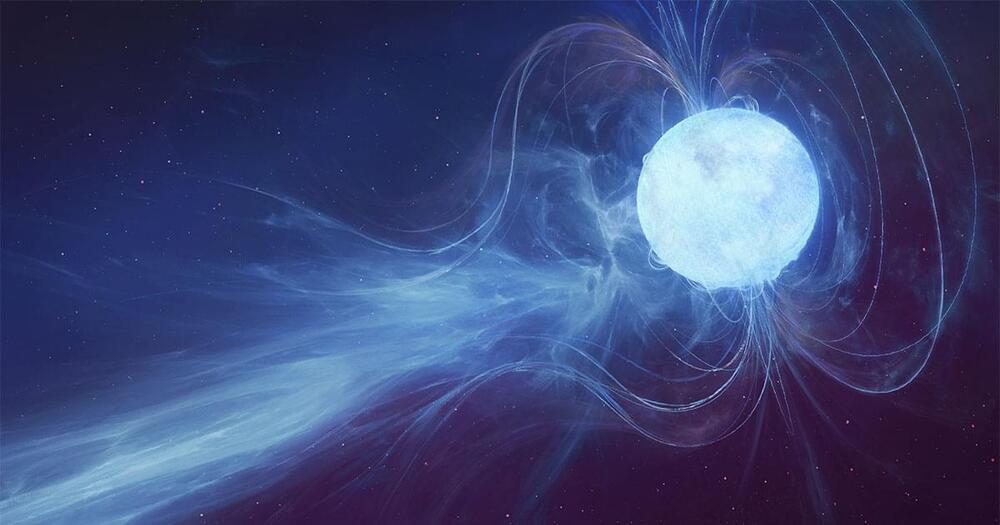Researchers at the Northwestern University and Weinberg College of Arts and Sciences may have potentially come across a kilonova afterglow, the first of its kind ever to be observed, according to a university press release.
A kilonova is the merger of two neutron stars that creates a blast 1,000 times brighter than a classical nova. On August 17, 2017, astronomers observed the first-ever neutron star merger, GW170817, using light as well as gravitational waves. Ever since researchers across the globe have been pointing ground and space telescopes towards this event to study it across the electromagnetic spectrum.







